Research
Search our website
Search our website by entering a keyword or choose a database above to search specifically.
Search
Showing search results 3,511 - 3,520
14,713 results found
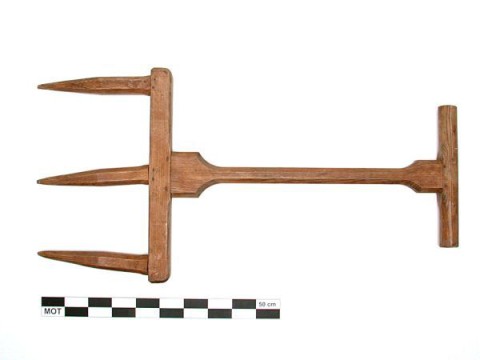
Dibble
This text can only be consulted in Dutch
<https://www.mot.be/resource/Tool/dibble?lang=nl>
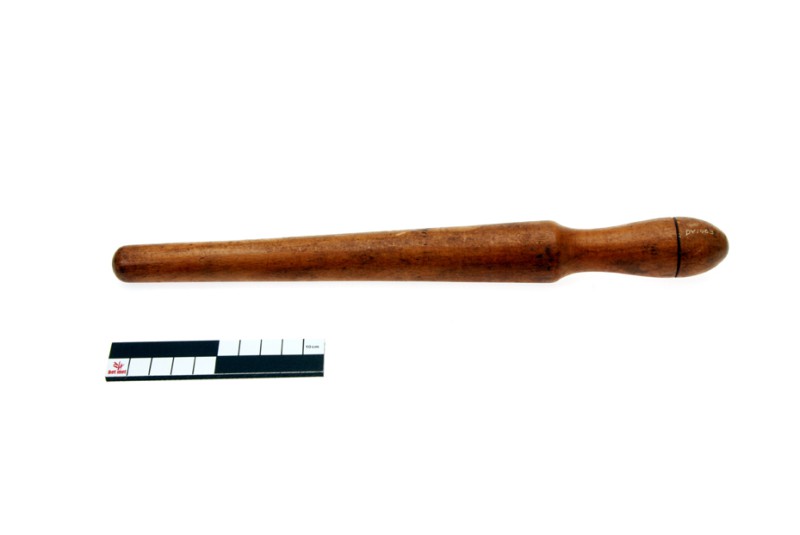
Curling iron
Monoxile stick tapering towards the end with a straight handle (approx. 30
cm) - distinguishable from the glove stick - intended for applying
corkscrew curls in the hair. After a first shaping of the lock with a
curling iron, it is curled and turned around the curling stick. The strand
twisted around the stick is brushed, from top to bottom and in the same
direction. When the curling stick is pulled out of the hair, the lock is
turned into a pipe curl. [MOT]
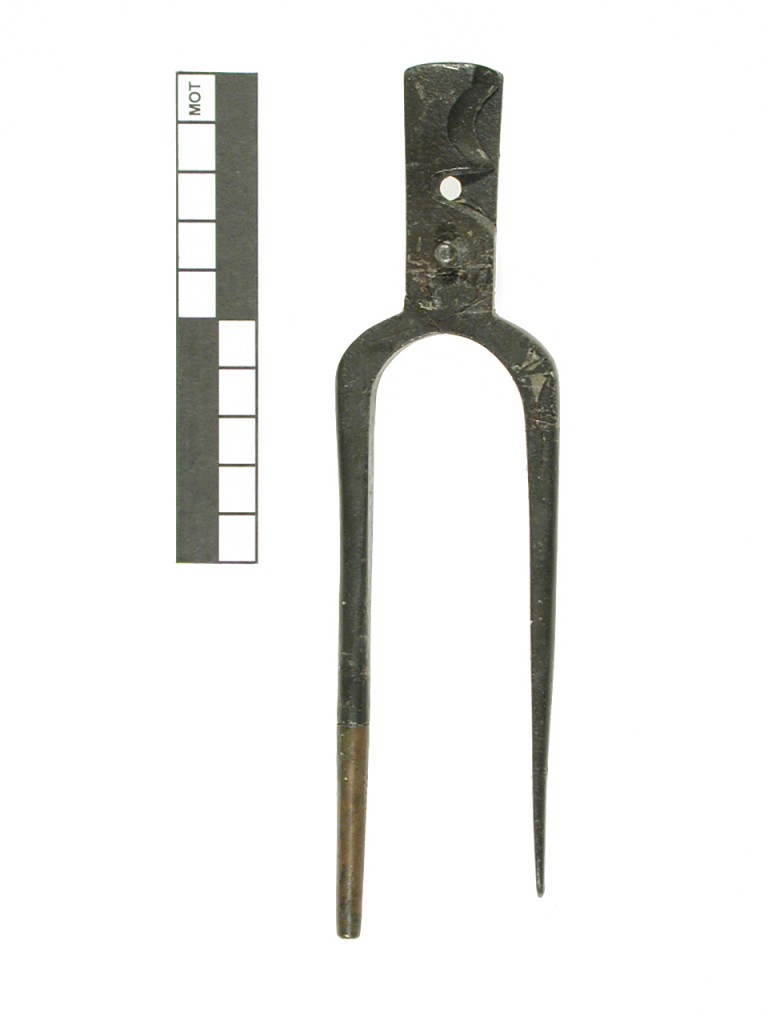
Detonating cord crimper
This text can only be consulted in Dutch
<https://www.mot.be/resource/Tool/detonating-cord-crimper?lang=nl>
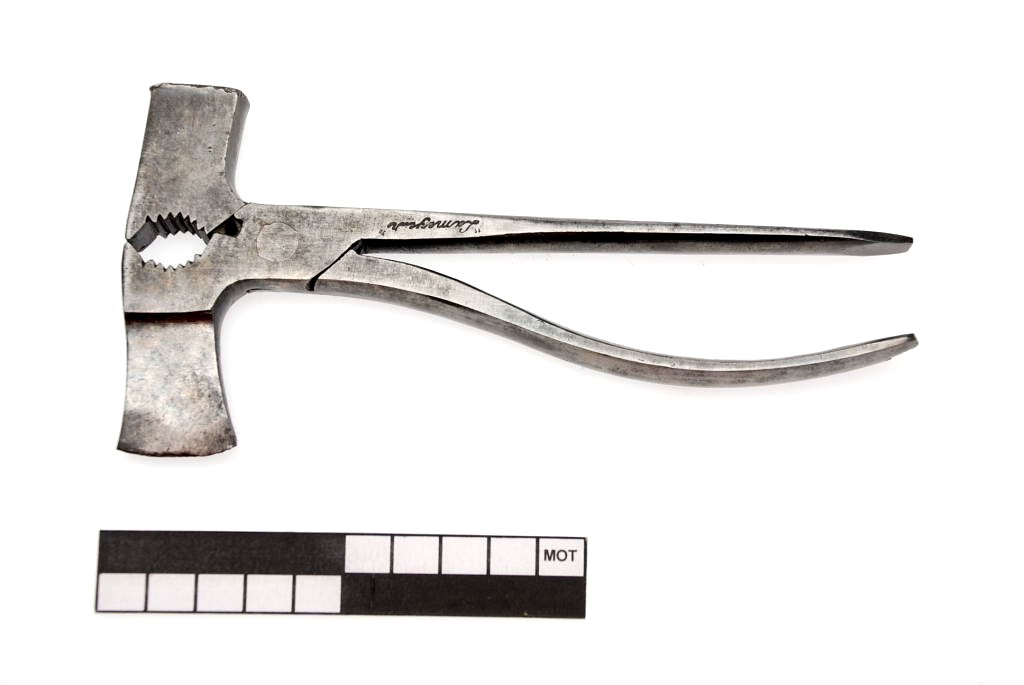
Decorator's tongs
Decorator's tongs are a composite tool to be able to perform as many
operations as possible with one tool. These pliers consist of carpenter's
pincers, fitter's pliers, wire cutting pliers, a hammer, an axe, a crow bar
and a screwdriver. [MOT]
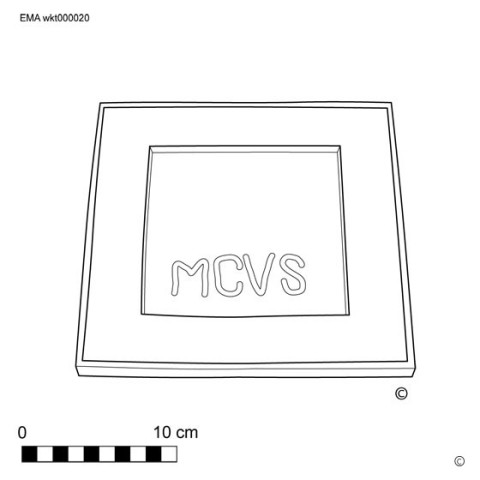
Cutting mould (square paving-tile maker)
This text can only be consulted in Dutch
<https://www.mot.be/resource/Tool/cutting-mould-square-paving-tile-maker?lang=nl>
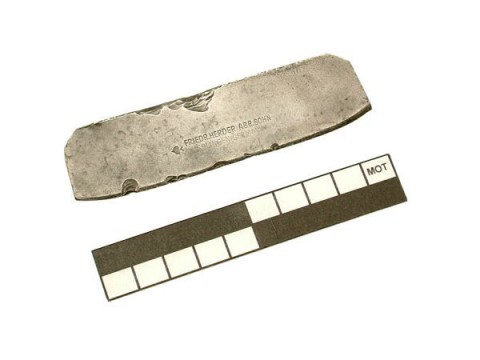
Diamond cleaver
The cleaver splits the diamond crystal with this knife. It is made of steel
and can be of different sizes and weights. It is rectangular in shape,
approx. 3 by 10 cm, and weighs approx. 70 gr. The blade should not be sharp
as it should split and not cut. Before splitting, a cut is made in the
stone with a sharp diamond or laser. The notch must be V-shaped. Then the
cleaver is placed against one of the sloping sides of the kerf. With the
splitter hammer, an iron bar of 20 to 30 cm or a wooden hammer, you give a
short blow to the cleaver to divide the stone into two pieces. The aim is
to give the rough diamond a good shape, so that it can then be sawn and /
or cut. [MOT]
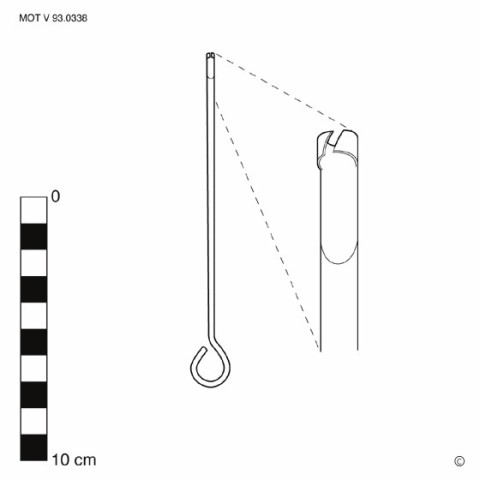
Disgorger
This text can only be consulted in Dutch
<https://www.mot.be/resource/Tool/disgorger?lang=nl>
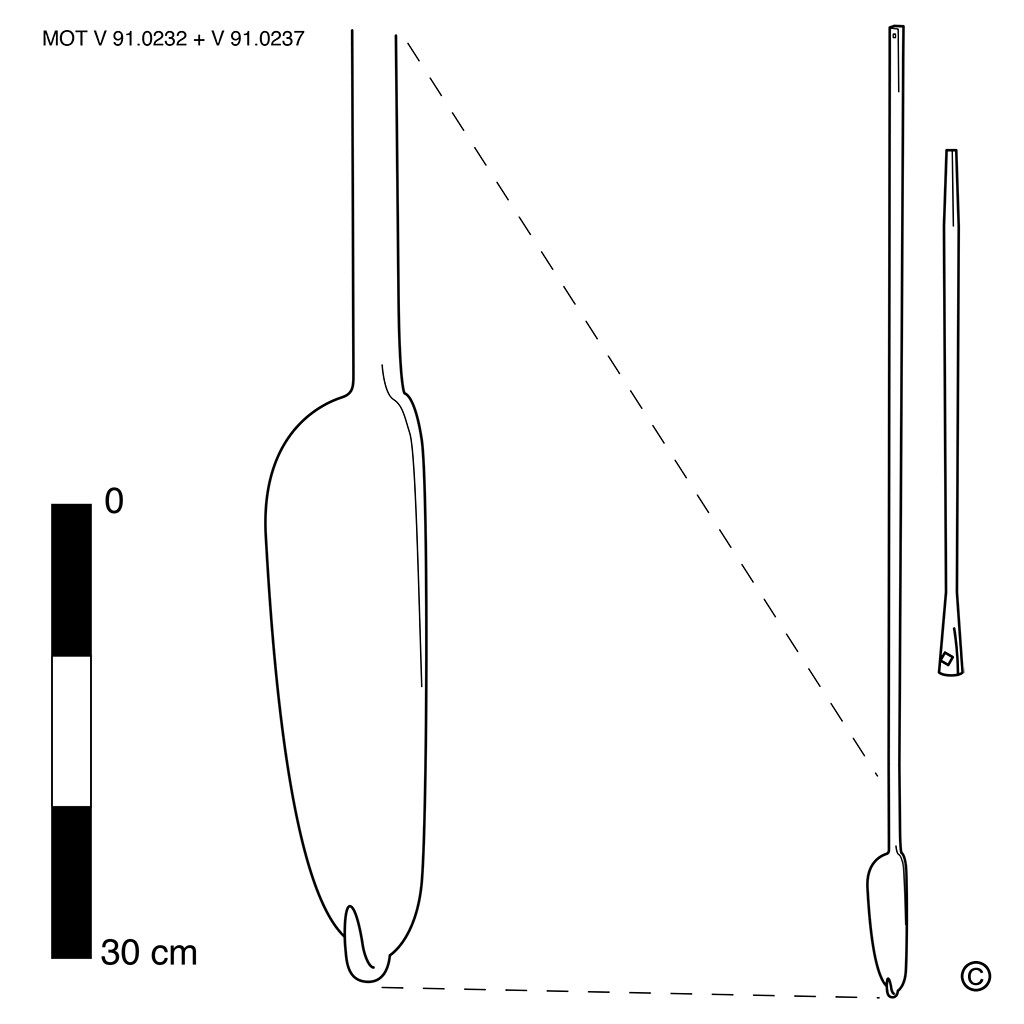
Dike auger
This text can only be consulted in Dutch
<https://www.mot.be/resource/Tool/dike-auger?lang=nl>
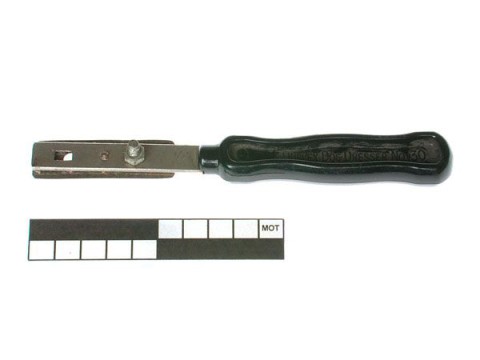
Dog dresser's knife
This text can only be consulted in Dutch
<https://www.mot.be/resource/Tool/dog-dressers-knife?lang=nl>
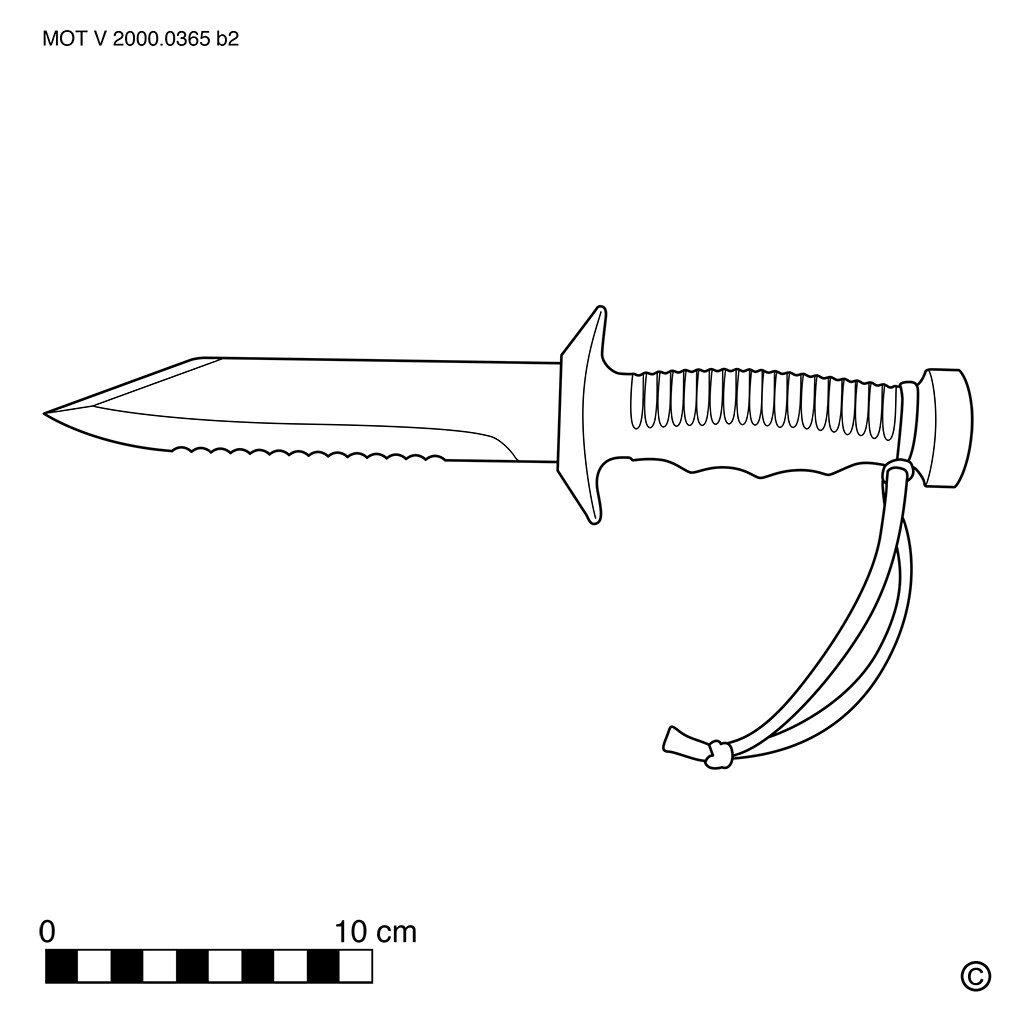
Divers' knife
This text can only be consulted in Dutch
<https://www.mot.be/resource/Tool/divers-knife?lang=nl>
